Tigers, the largest of all wild cats, are symbols of power and mystery. Known for their stunning orange coats with black stripes, these apex predators have fascinated humans for centuries. Among them, some individuals stand out due to their sheer size and strength, earning them a legendary status in the animal kingdom.
The Role of Size in Tiger Biology

The size of a tiger is a critical factor in its hunting success and territorial dominance. Larger tigers are often more successful hunters and can claim larger territories, which provide them with more resources and mating opportunities.
Subspecies Variations in Size

There are several subspecies of tigers, each varying in size. The Bengal tiger (Panthera tigris tigris) and the Siberian tiger (Panthera tigris altaica) are among the largest, with the latter often reaching greater lengths and weights due to the harsh climates it endures.
The Legendary Khairi
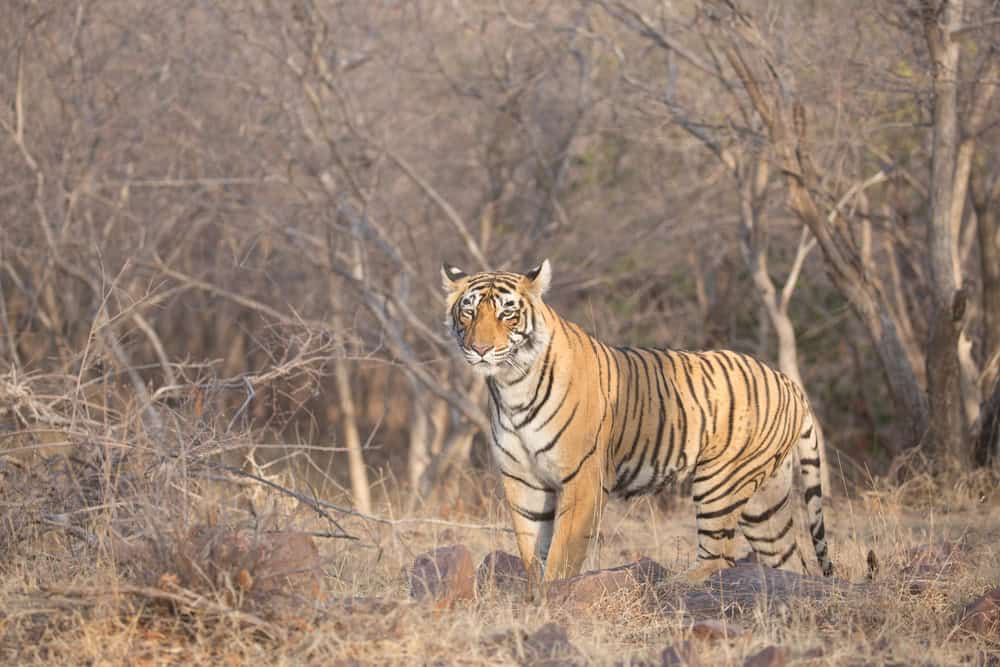
One of the most renowned tigers in history was a Bengal tiger named Khairi. Discovered in the 1970s, Khairi was an enormous specimen, drawing significant attention from wildlife biologists and the general public alike.
Measurement Methods for Tigers

Accurate measurement of a tiger’s size involves assessing its length from nose to tail, shoulder height, and weight. These measurements are crucial for understanding the physical capabilities and health of the animal.
The Largest Tiger Ever Recorded: Jaipur
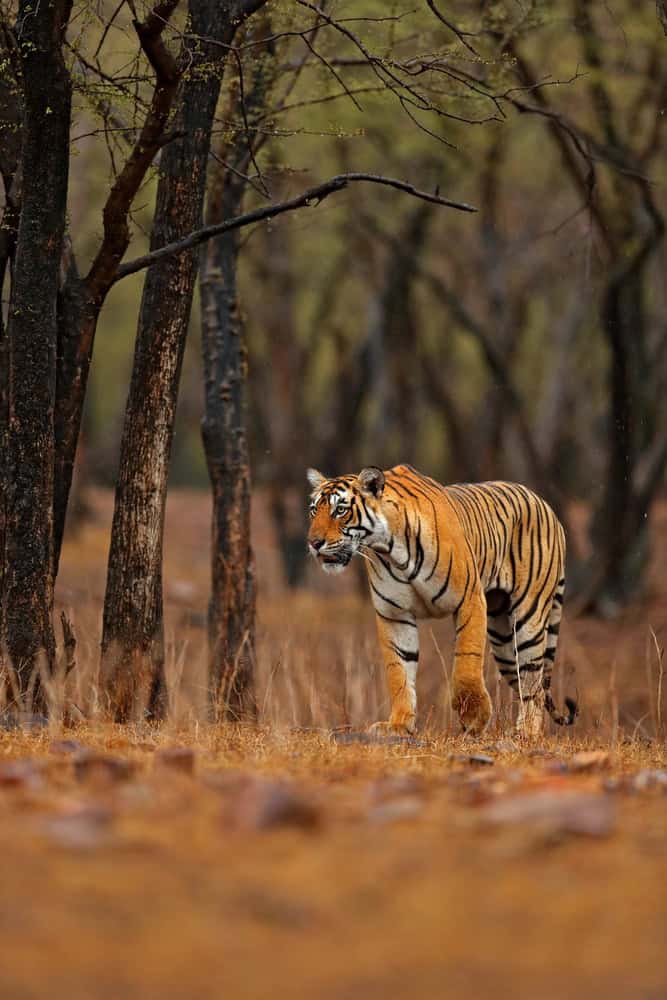
Jaipur, a male Bengal tiger, holds the record for the largest tiger ever documented. Weighing in at a staggering 388.7 kilograms (857 pounds), Jaipur’s size was unparalleled in the wild and captivity.
Historical Accounts of Gigantic Tigers

Throughout history, there have been numerous accounts of exceptionally large tigers. These stories, often passed down through generations, add to the mystique and fear surrounding these powerful creatures.
Factors Contributing to Large Size in Tigers

Several factors contribute to the growth of exceptionally large tigers. Genetics play a significant role, as does the availability of prey, environmental conditions, and the absence of significant threats or competition.
Conservation Efforts and the Impact on Tiger Sizes

Conservation efforts aimed at protecting tiger habitats and populations have an indirect impact on the size of these animals. Healthy ecosystems with abundant prey can support larger and healthier tiger populations.
The Giants of the North

Siberian tigers, or Amur tigers, are known for their impressive size. Adapted to the cold, harsh environments of the Russian Far East, these tigers grow larger than their southern counterparts, with some males reaching up to 320 kilograms (705 pounds).
Tracking Big Cats
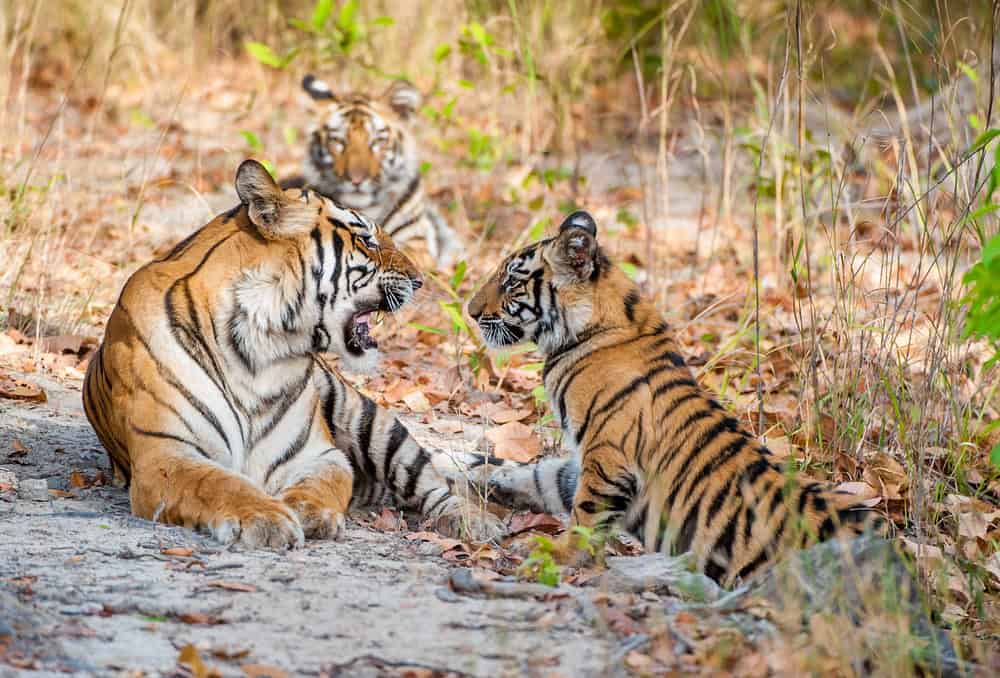
Modern technology, such as GPS collars and camera traps, allows researchers to track and study large tigers in their natural habitats. This data provides valuable insights into their behavior, territory sizes, and overall health.
Human-Tiger Interactions and Their Influence on Size
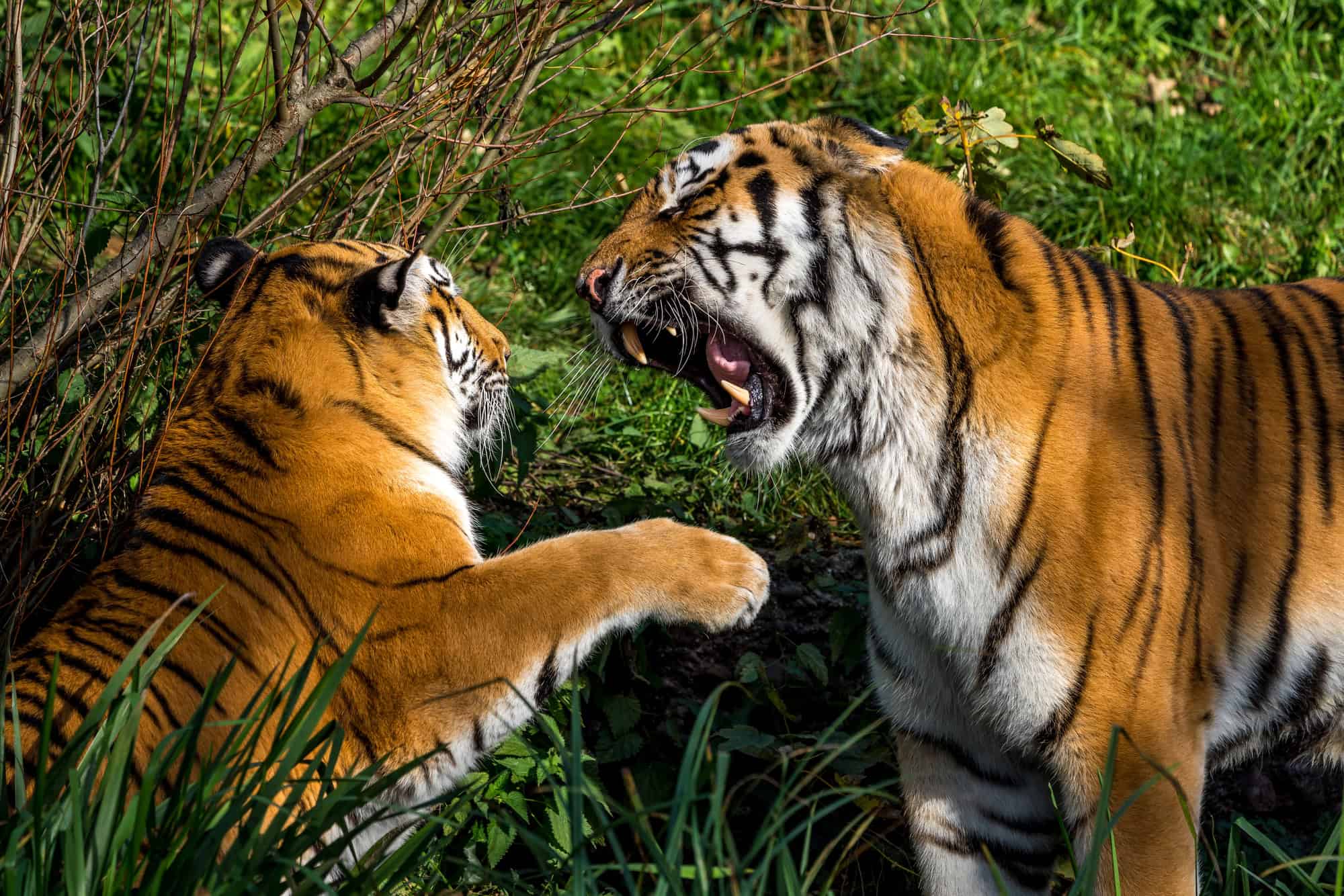
Human activities, including deforestation and hunting, have historically influenced tiger populations and sizes. Efforts to reduce human-tiger conflicts are crucial for the preservation of these majestic animals.
The Role of Zoos in Preserving Giant Tigers
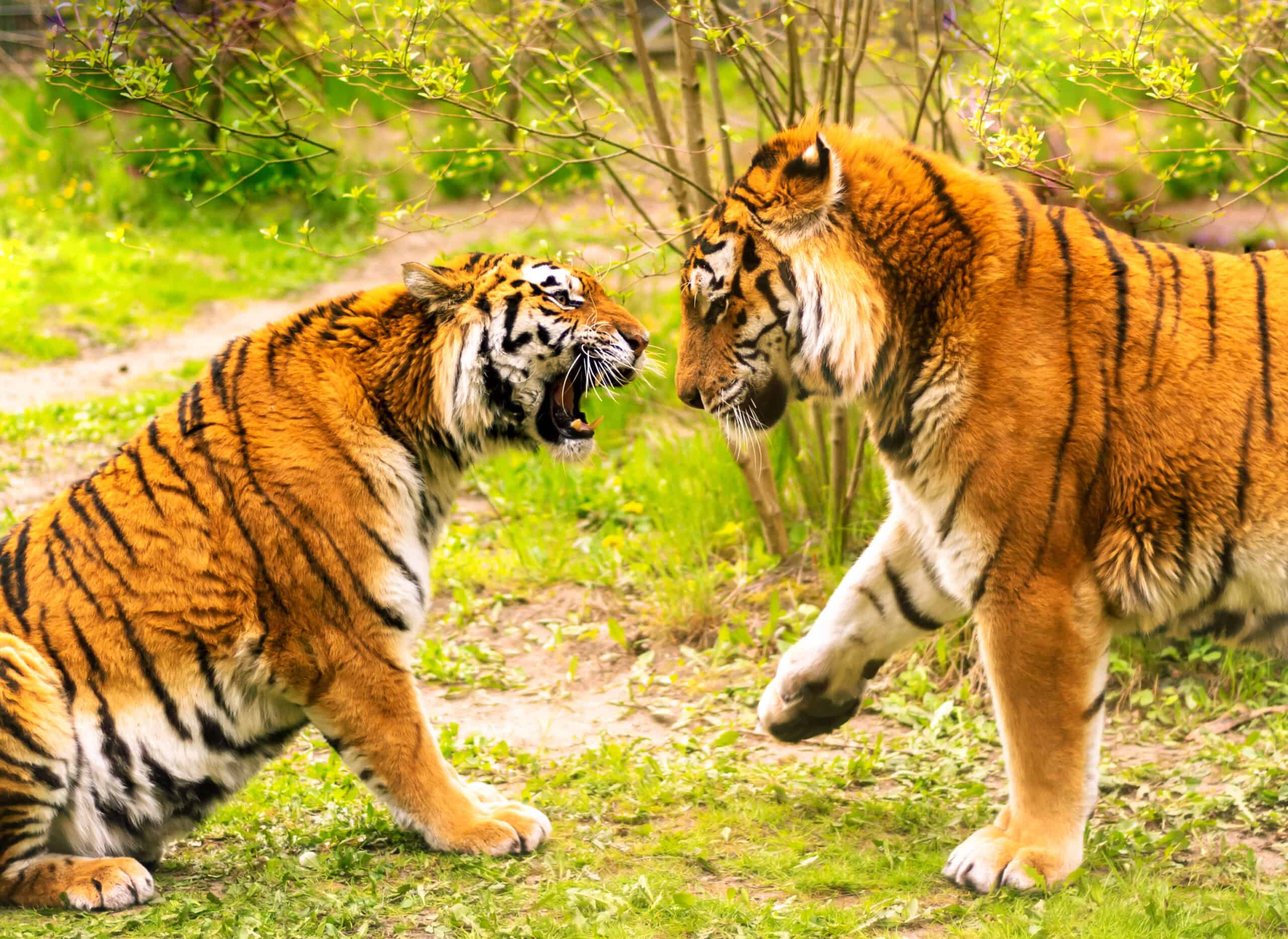
Zoos and wildlife sanctuaries play a vital role in the conservation of tigers. By providing a controlled environment, these institutions help in studying and breeding large tigers, ensuring their genetic diversity and survival.
Myth vs. Reality

Many legends and myths surround the size of tigers, often exaggerating their dimensions for dramatic effect. Distinguishing between factual records and folklore is essential for an accurate understanding of these animals.
The Future of the Largest Tigers
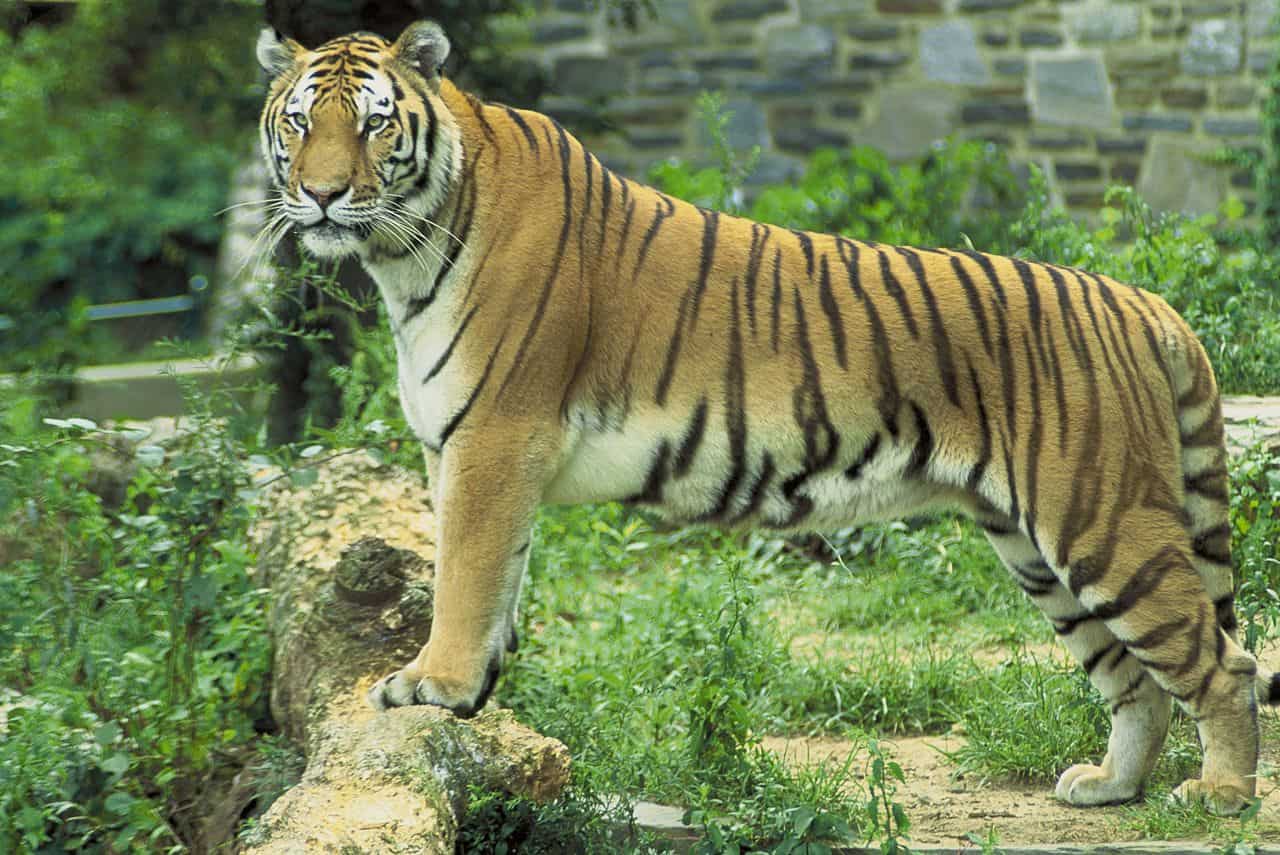
The future of the largest tigers hinges on successful conservation efforts and habitat protection. As human populations grow and encroach on wild habitats, finding a balance between development and wildlife preservation is critical.
Conclusion
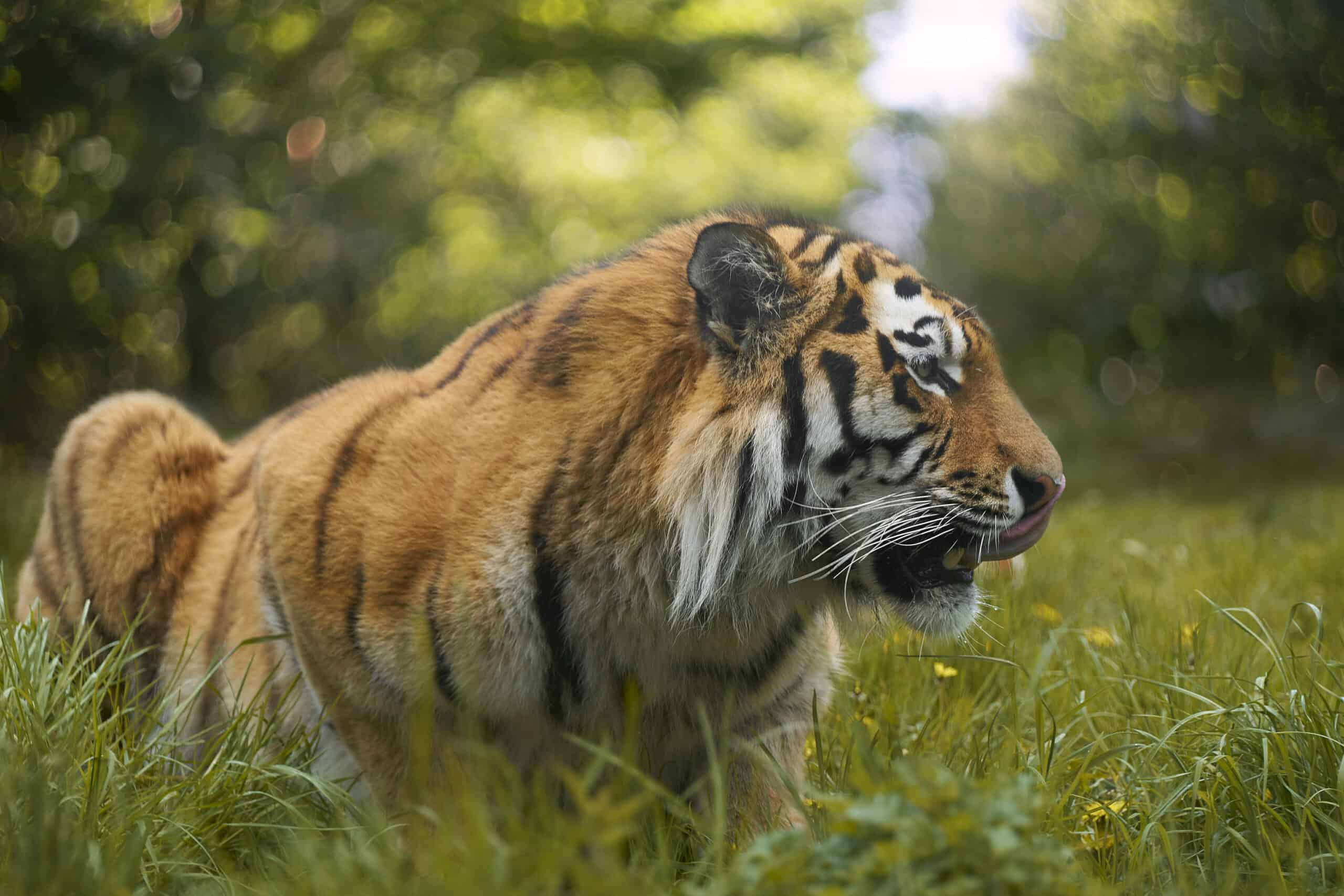
The fascination with the largest tigers ever recorded reflects our deep respect and awe for these incredible animals. As we continue to study and protect them, we gain a greater appreciation for their role in the natural world and the importance of preserving their habitats for future generations. I hope you enjoyed reading about the largest tiger ever recorded. To read more stories like this, check out the article below:
- Rare Sighting of Tasmanian Tiger Sparks Renewed Interest
- Tigers in India’s Ranthambore National Park Chasing Ranger
- Florida Woman Retired Early To Keep White Bengal Tigers in Her Garden
Join our Forum for free today!


